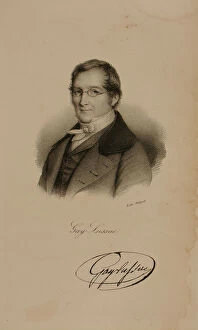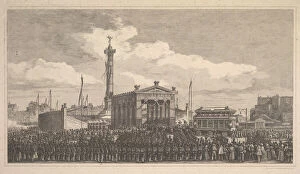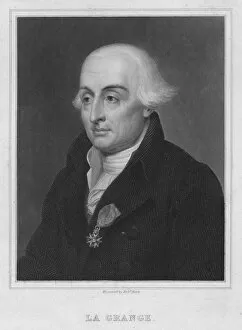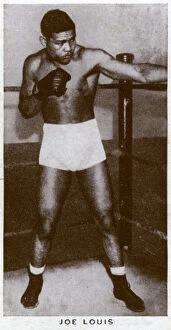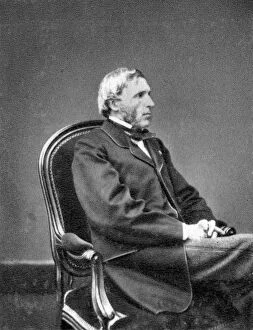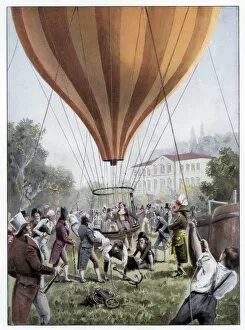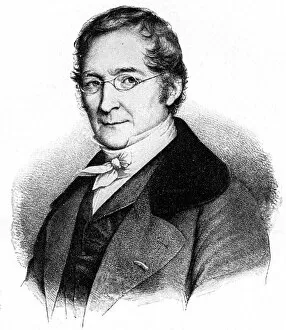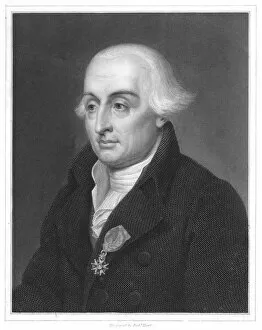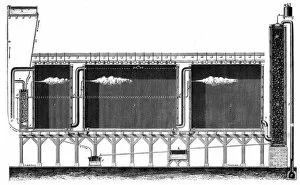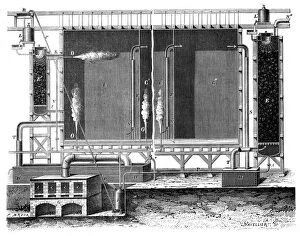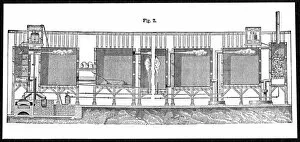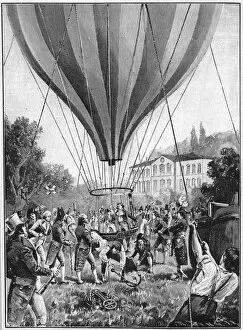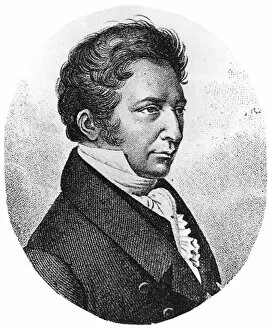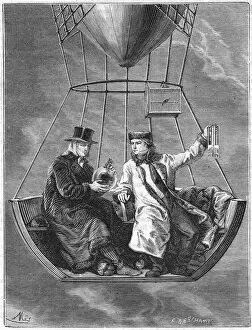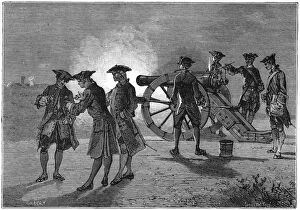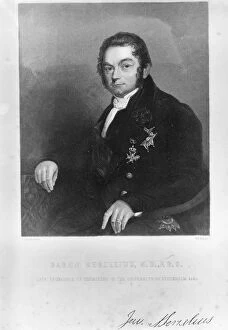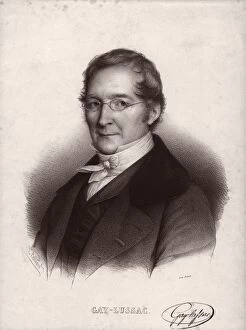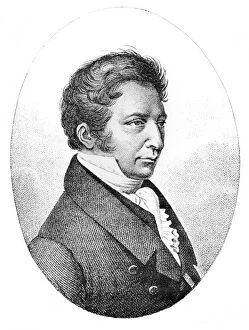Joseph Louis Collection
Joseph Louis Gay-Lussac was a prominent figure in the fields of physics and chemistry during the 19th century
All Professionally Made to Order for Quick Shipping
Joseph Louis Gay-Lussac was a prominent figure in the fields of physics and chemistry during the 19th century. Born in 1778, he made significant contributions to various scientific disciplines throughout his career. One of his notable achievements was his hot air balloon ascent in Paris in September 1804. This daring feat showcased Gay-Lussac's passion for exploration and experimentation. His balloon ascent not only demonstrated his courage but also allowed him to conduct important scientific observations at high altitudes. Gay-Lussac's work extended beyond adventurous exploits; he conducted groundbreaking research on gases as well. In fact, he is best known for formulating the law that bears his name - Gay-Lussac's Law - which describes the relationship between temperature and pressure of a gas when volume remains constant. His dedication to science did not go unnoticed, as evidenced by the numerous lithographs depicting him participating in significant events such as the inauguration ceremony of the July Column in 1840. These images capture Gay-Lussac's influence within French society and highlight his role as an esteemed scientist during this period. Furthermore, Joseph Louis Lagrange, a renowned mathematician from France, recognized Gay-Lussac's brilliance and collaborated with him on several occasions. Their combined expertise led to advancements across multiple scientific disciplines. In addition to being a respected physicist and chemist, it is worth mentioning another famous individual who shared part of their name with Joseph Louis: Joe Louis, an American boxer who dominated the sport during the late 1930s. Although unrelated professionally, both individuals left lasting legacies within their respective fields.

